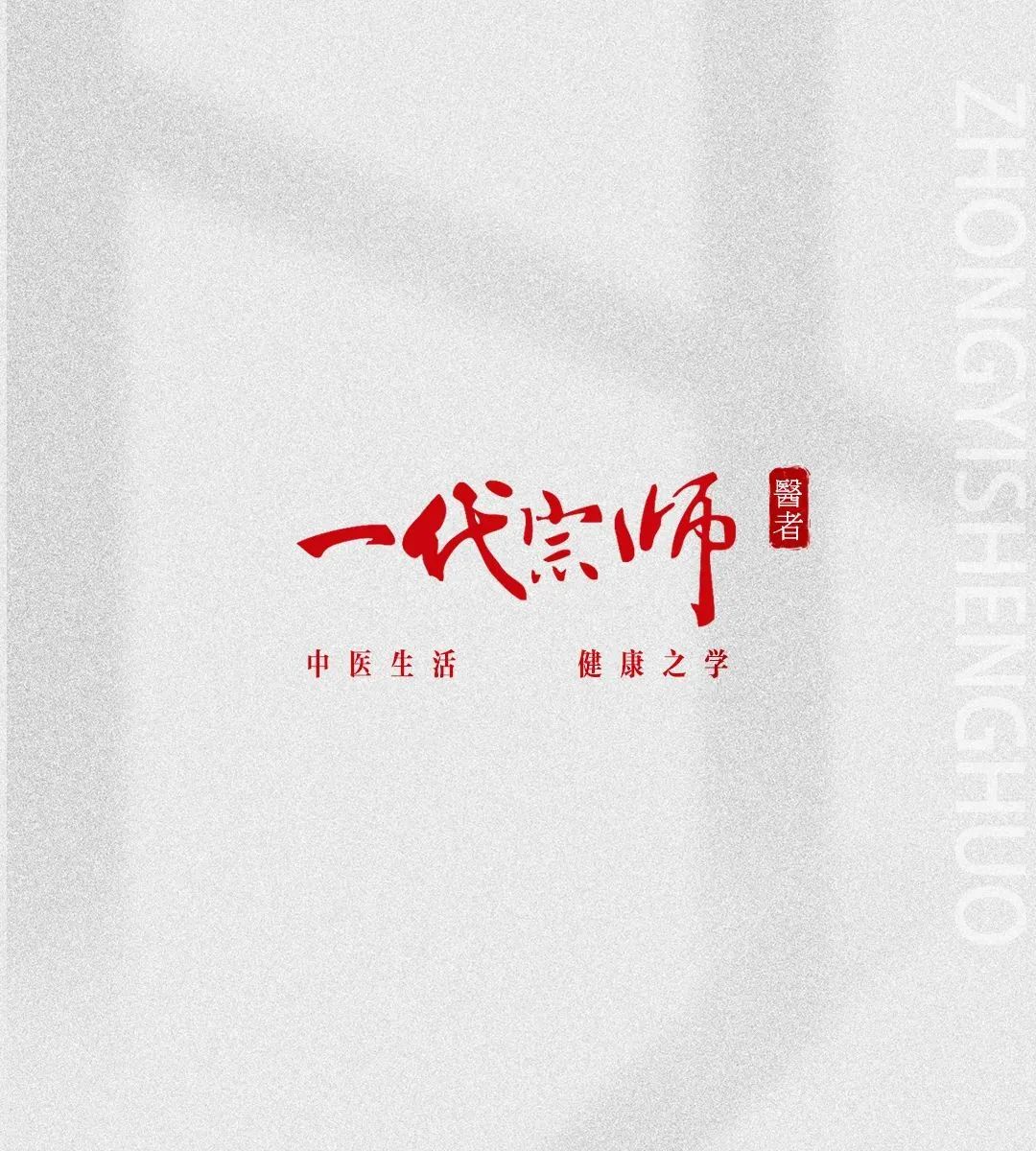

There is a saying in Traditional Chinese Medicine (TCM) that “all diseases arise from Qi.” Why is this so?
First, we need to understand what Qi is.
In TCM theory, Qi is a fundamental element that constitutes the human body. Although it is an intangible substance, its role is extremely important.

Qi governs the circulation of blood and body fluids, promotes growth and development, maintains body temperature, and prevents external pathogens from invading. Therefore, any abnormal movement or change in Qi can lead to many diseases.
Qi disorders can be classified into deficiency and excess; deficiency leads to weakness, while excess leads to stagnation.
The condition we are discussing today is called Qi stagnation. When Qi, which should flow smoothly, suddenly stops, it can no longer perform its functions properly.
The organ most closely related to Qi stagnation is the liver, as its primary function is to regulate and smooth the flow of Qi. If a person is often gloomy or unhappy, it can easily lead to liver Qi stagnation.
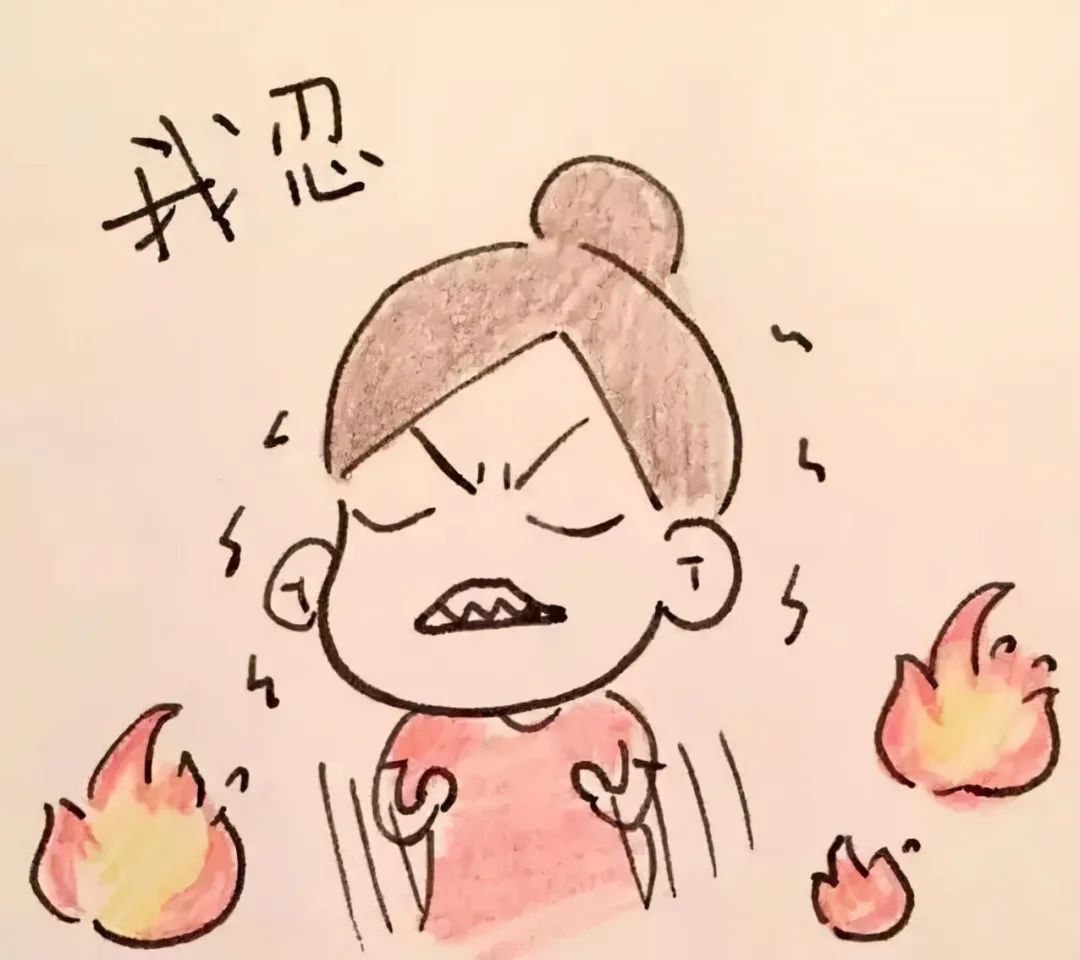
Such individuals often feel bloated, have a poor appetite, and may feel full after eating only a small amount. They frequently experience belching, acid reflux, heartburn, or nausea and vomiting.
There are many methods to treat Qi stagnation, such as moving Qi, breaking Qi, regulating Qi, and descending Qi. Today, we will discuss the Si Mo Tang (Four Milled Decoction).
Si Mo Tang (Four Milled Decoction)


Si Mo Tang originates from the Song Dynasty’s Yan Yonghe’s “Ji Sheng Fang” and consists of four herbs: Mu Xiang (Aucklandia), Zhi Ke (Bitter Orange), Bing Lang (Areca Nut), and Wu Yao (Lindera).
Si Mo Tang was commonly used as a royal medicine in the Song Dynasty. Later, this formula was included in the famous medical texts “Ji Sheng Fang” from the Song Dynasty and “Dou Zhen Jin Jing Lu” from the Ming Dynasty. Its reputation quickly spread throughout the middle and lower reaches of the Yangtze River, gradually forming a tradition: after a baby is born, regardless of gender or health status, they are given Si Mo Tang one week later.
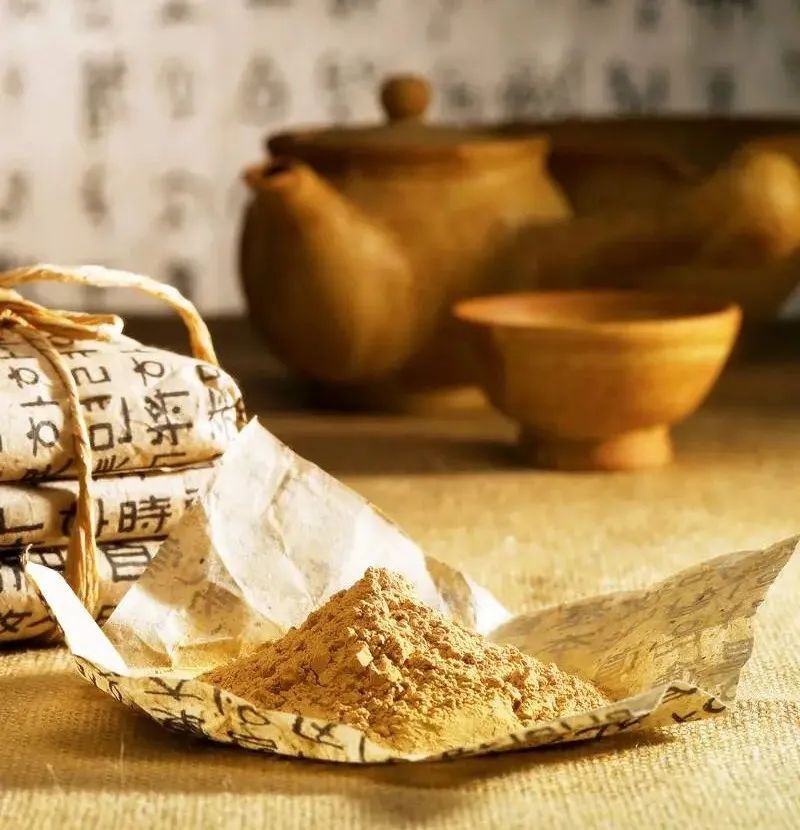
Children who have taken Si Mo Tang generally do not experience digestive issues as they grow up. This practice has been passed down for over 1000 years.
Si Mo Tang comes from “Ji Sheng Fang”. Why is it called “Four Milled”? First, it consists of four herbs, and these herbs are finely milled and decocted, then cooled and taken, hence the name “Four Milled”.
By finely milling the herbs, the concentration in water is increased, enhancing the extraction and utilization of the herbs, thereby strengthening their efficacy.
MuXiang (Aucklandia)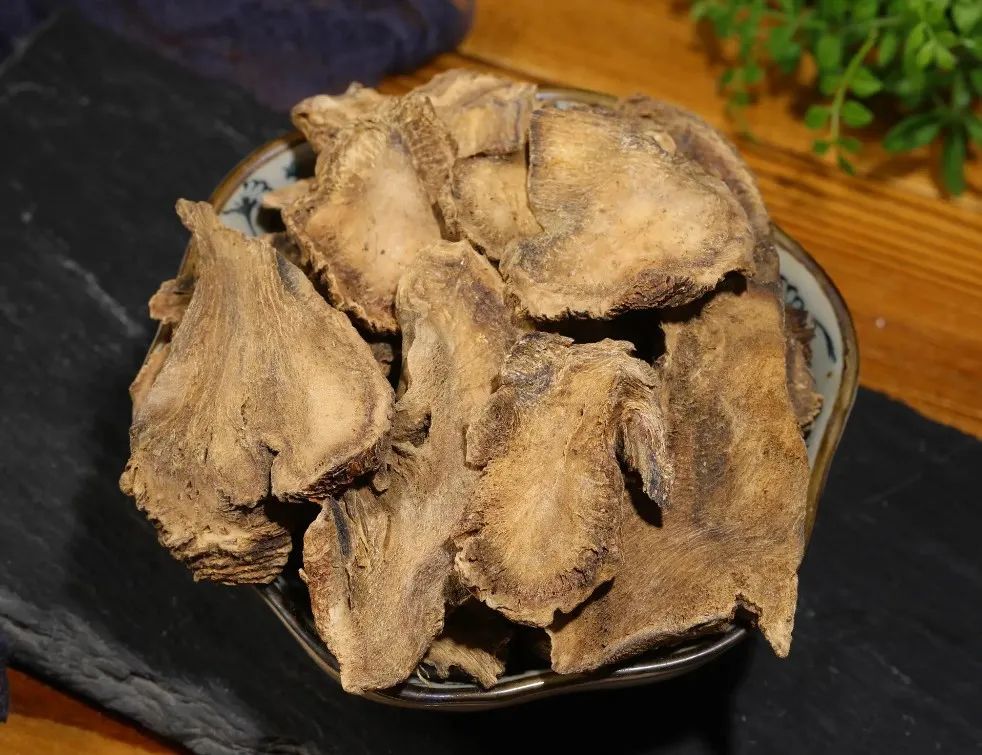
Mu Xiang moves Qi and alleviates pain, strengthens the spleen, and aids digestion. It is used to treat chest and abdominal distension and pain, post-diarrhea heaviness, and food stagnation. It is also used for treating diarrhea and abdominal pain.
According to the “Compendium of Materia Medica”: “Mu Xiang is a medicine for the three jiao (upper, middle, and lower burners) that can elevate and descend various Qi.”
ZhiKe (Bitter Orange)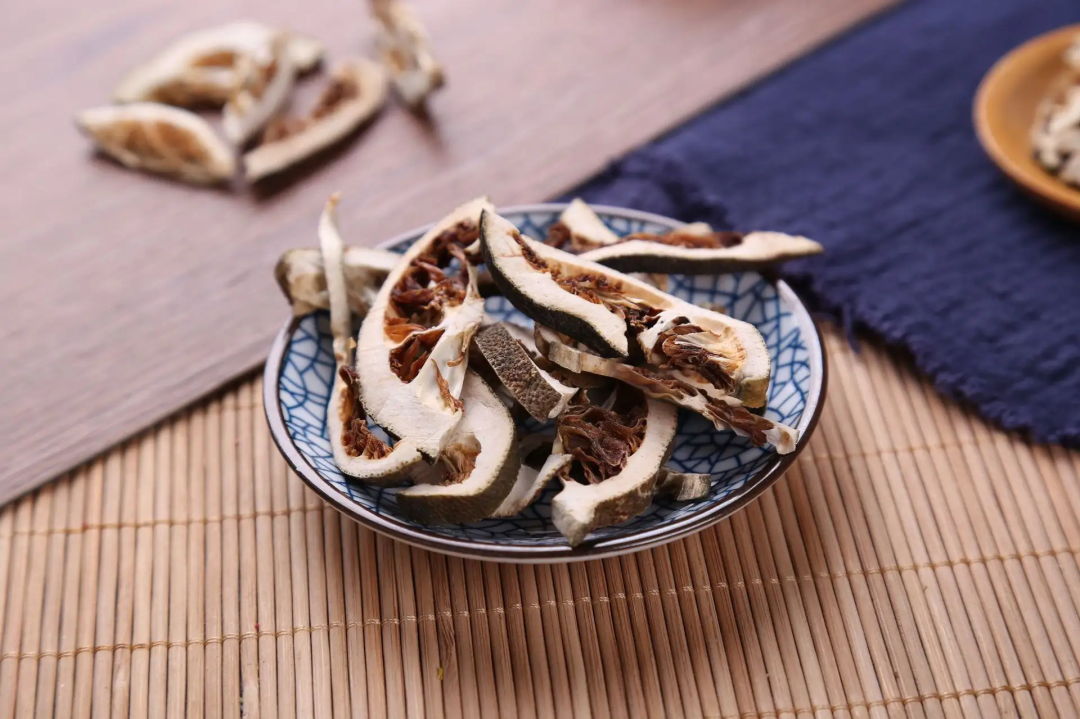
Zhi Ke regulates Qi and relieves fullness, disperses stagnation, and is used to treat chest and abdominal Qi stagnation, fullness and pain, food accumulation, phlegm retention, and organ prolapse.
According to the “Discussion on Medicinal Properties”: “It treats wind rashes all over the body, itching like a bean, and is the main treatment for intestinal wind and hemorrhoids, as well as Qi stagnation in the heart and abdomen, and fullness in the sides.”
BingLang (Areca Nut)
Bing Lang is bitter and has strong descending properties, capable of breaking down Qi stagnation and addressing various Qi counterflow caused by Qi stagnation. It helps to descend lung and stomach Qi, promoting smooth flow. Bing Lang can also move Qi, eliminate accumulation, and promote urination.
According to the “Compendium of Materia Medica”: “It treats post-diarrhea heaviness, abdominal pain, constipation, and phlegm-heat cough. It is effective for various fevers and pestilence.”
WuYao (Lindera)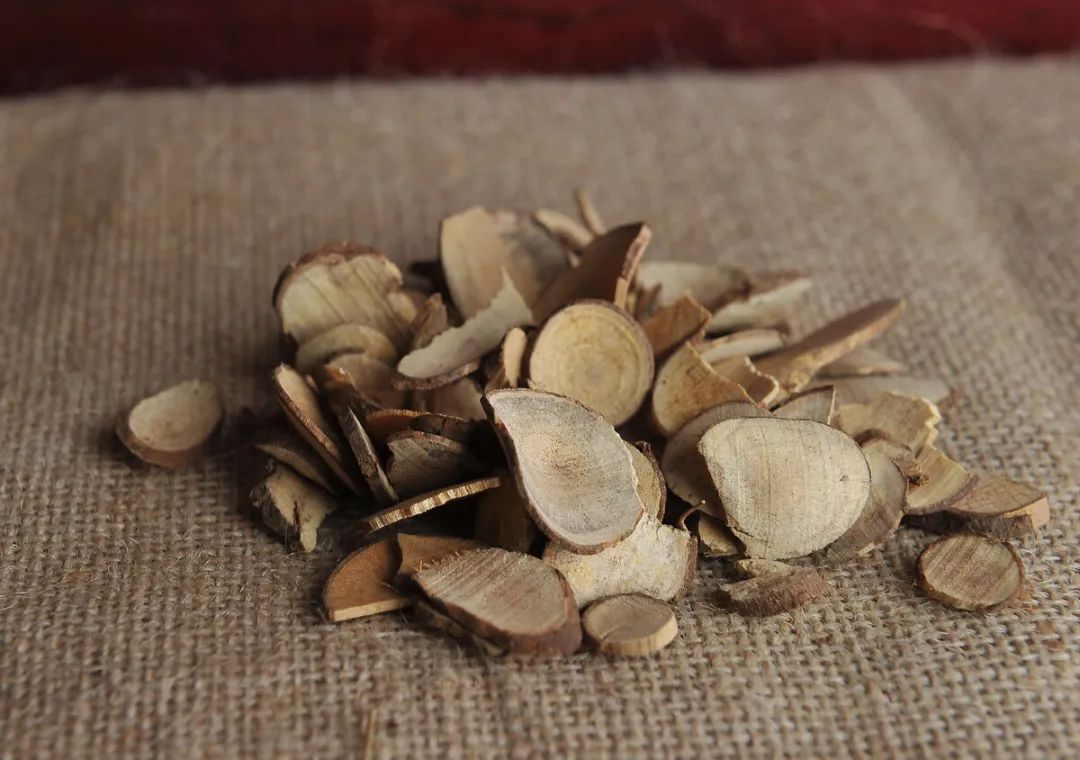
Wu Yao is warm and aromatic, good at unblocking Qi, and can smooth Qi flow in the middle jiao. It is suitable for various distension and discomfort caused by Qi stagnation, as well as issues related to Qi counterflow. It is effective for chest tightness, rib pain, abdominal distension, and stomach pain.
According to the “Expanded Meaning of Materia Medica”: “Wu Yao harmonizes Qi, allowing for less stagnation and more flow, but it is not overly aggressive. When combined with Chen Xiang (Aquilaria), it is effective for treating cold Qi in the chest and abdomen.”
The four herbs work synergistically without any contraindications, making them gentle and effective for treating colds, gastrointestinal diseases, and other conditions, especially suitable for the elderly and children who experience digestive issues due to insufficient Zheng Qi (upright Qi).
If patients do not see improvement in symptoms after taking the medicine or experience other discomforts, they should promptly seek medical attention and follow the doctor’s guidance to avoid delaying treatment.
(All image content is sourced from the internet; please contact for removal if there are any copyright issues.)


